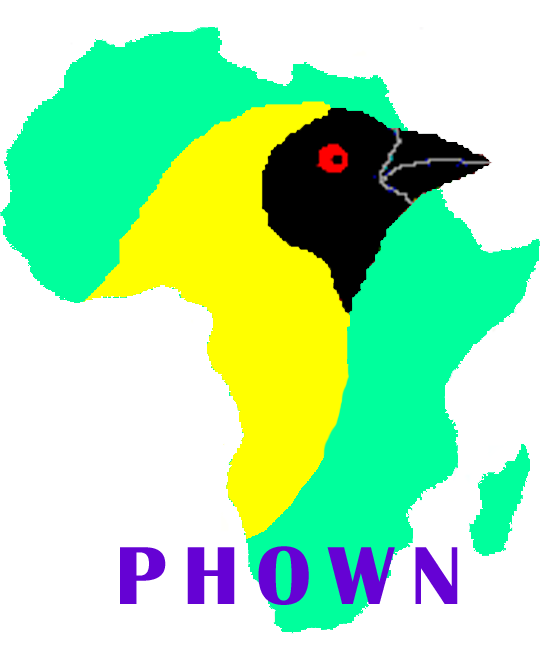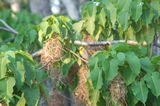Weaver news
|
Linnaeus provided the formal descriptions for 9 weavers. The tenth edition (1748) of Systema Naturae is considered the starting point of zoological nomenclature, making it an important taxonomic work. The translation of the Latin title is "System of nature through the three kingdoms of nature, according to classes, orders, genera and species, with characters, differences, synonyms, places". There are several online copies, e.g. here (55 MB). Five weavers were formally described by Linnaeus in this edition (and 4 more in his 12th edition in 1766). His descriptions were brief and without illustrations - see text for the Red-billed Quelea (figure right). The table below shows the names, and type localities of the weavers he described. These columns are follwed by type locality corrections published later by other authors, and the current names of the species. Linnaeus did not see all the specimens himself - he compiled descriptions based on earlier works. The links below go to weaver species accounts where you can read the details of how these species were discovered by Europeans. Linnaeus listed a species, Loxia sanguinirostris (p173) which was also considered to be the Red-billed Quelea by early workers but is now considered indeterminate. A full list of all bird species in his 10th ed is here. The nine earliest weavers to be described are relatively common, widespread species, but a key characteristic is that they occur near the coast and on the trading route of the early ships from the far east to Europe. Thus 2 weavers are from the Indian coast, 1 from Madagascar, 2 from the Cape Peninsula, 1 from Angola, 1 from Gambia and 2 from Senegal.
| ||||||||||||||||||||||||||||||||||||||||||||||||||||||||||||












